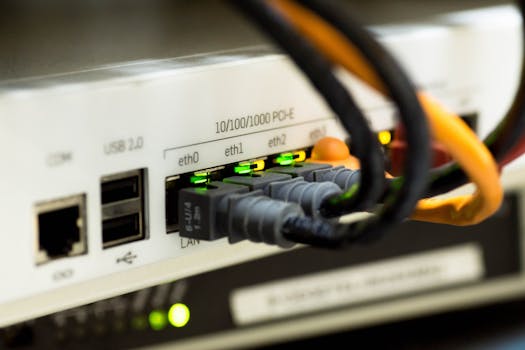
Starlink: The Revolutionary Satellite Internet Constellation
Starlink is a satellite internet constellation developed by SpaceX, aiming to provide high-speed, low-latency broadband connectivity worldwide. The project, announced in 2015, has been making rapid progress, with the first batch of satellites launched in 2019. As of now, Starlink has launched over 3,000 satellites into orbit, with plans to deploy up to 42,000 satellites in the coming years.
The focus keyword Starlink has been a topic of interest in the tech industry, with many experts believing it has the potential to revolutionize the way we access the internet. The constellation is designed to provide internet connectivity to remote and underserved areas, where traditional fiber-optic cables are not available. This is particularly important for rural communities, where access to high-speed internet can be limited, making it difficult for residents to access essential services, education, and economic opportunities.
How Starlink Works
Starlink uses a network of low-Earth orbit (LEO) satellites to provide internet connectivity. The satellites are equipped with advanced technology, including Hall effect thrusters, which allow them to maneuver and maintain their position in orbit. The satellites communicate with user terminals on the ground, which are small, flat antennas that can be mounted on rooftops or in backyards. The user terminals use advanced beamforming technology to communicate with the satellites, allowing for high-speed data transfer.
The Starlink system uses a combination of Ku-band and Ka-band frequencies to provide internet connectivity. The Ku-band frequency range is used for the uplink, while the Ka-band frequency range is used for the downlink. This allows for high-speed data transfer, with download speeds of up to 1 Gbps and latency as low as 20 ms. The system also uses advanced modulation techniques, such as QPSK and 16-QAM, to optimize data transfer and minimize errors.
Benefits and Applications of Starlink
The benefits of Starlink are numerous, with the potential to revolutionize the way we access the internet. Some of the key benefits include:
High-speed internet connectivity: Starlink provides download speeds of up to 1 Gbps, making it ideal for streaming, online gaming, and other high-bandwidth applications.
Low latency: The system’s low latency makes it suitable for real-time applications, such as video conferencing, online gaming, and virtual reality.
Global coverage: Starlink has the potential to provide internet connectivity to remote and underserved areas, where traditional fiber-optic cables are not available.
The applications of Starlink are diverse, ranging from consumer broadband to enterprise, aviation, and maritime connectivity. The system can be used to provide internet connectivity to rural communities, remote villages, and even entire cities. It can also be used to provide backup connectivity during natural disasters, when traditional communication infrastructure is damaged or destroyed.
Challenges and Controversies Surrounding Starlink
While Starlink has the potential to revolutionize the way we access the internet, it also faces several challenges and controversies. Some of the key concerns include:
Space debris: The launch of thousands of satellites into orbit has raised concerns about space debris, with many experts worried about the potential for collisions and the impact on the environment.
Interference: The use of Ku-band and Ka-band frequencies has raised concerns about interference with other satellite systems, including those used for navigation, weather forecasting, and communication.
Regulatory framework: The regulatory framework surrounding Starlink is still evolving, with many countries establishing new rules and guidelines for the deployment and operation of satellite constellations.
Despite these challenges, Starlink has the potential to transform the way we access the internet, providing high-speed, low-latency connectivity to remote and underserved areas. As the project continues to evolve, it will be interesting to see how it addresses these concerns and provides innovative solutions to the global connectivity challenge.




